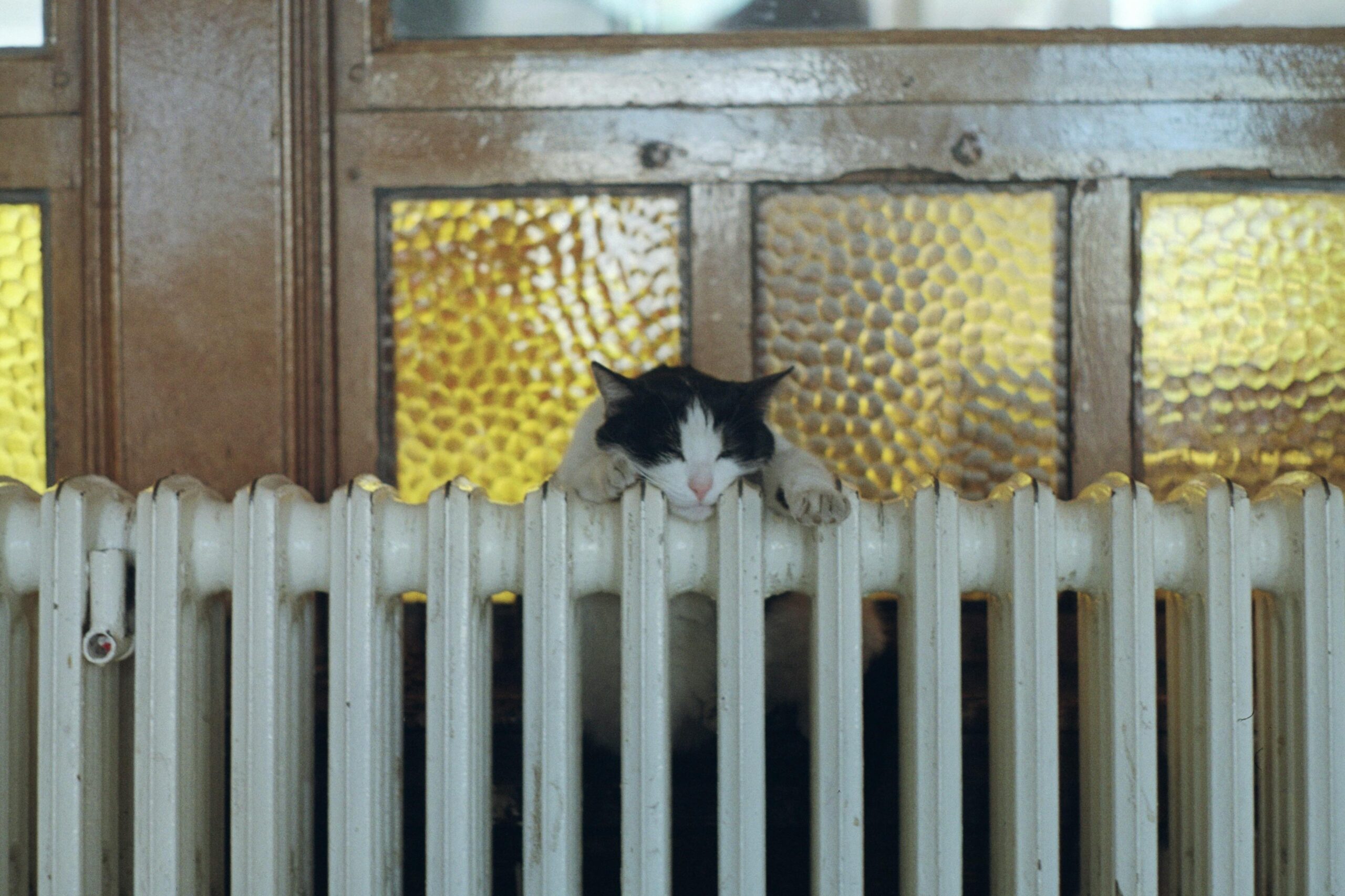Serving The Wasatch Front Area
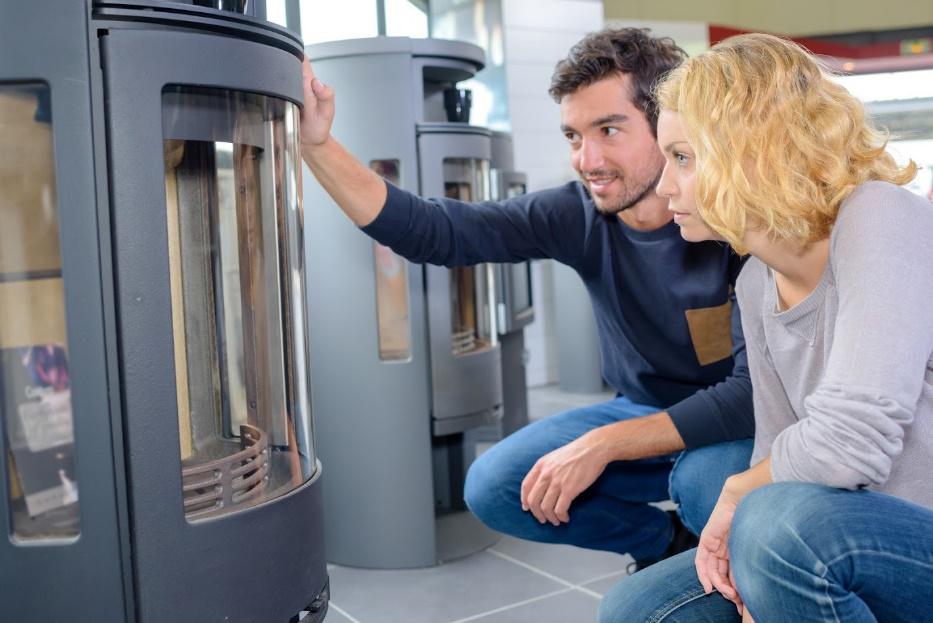
Advice to Extend the Life of Your Furnace
January 21, 2020
New furnaces are expensive. Granted, when you buy a new furnace, you get the benefits of all the new technology available. However, the purchase definitely puts a dent in your budget. Therefore, you want to extend the life of your furnace so it will last as long as possible.
Said extension starts with when you first purchase the appliance. However, even if you’re trying to baby along an existing furnace, the following tips will help you keep it functional for its maximum lifespan.
Buy the Proper Size of Furnace
As noted, extending the life of your furnace starts with its purchase. Specifically, you need to ensure you buy the correct size to effectively heat your home. If the furnace’s heating capacity is too small, it’ll work overtime to try and compensate. If its capacity is too large, the unit will cycle too frequently, which causes wear on the system.
Several factors go into the size of furnace you need, but the main one is the size of your home. Generally speaking, you need 30 BTUs
(the unit used to measure heating capacity) per 1,000 square feet. However, the following factors also affect what size you need:
- The age of your home
- The quality of your insulation
- The number of windows in your home
- Your home’s location
If you have any questions, have an HVAC expert come out to your house for an appraisal.
Invest in a Programmable Thermostat
An improperly sized furnace isn’t the only way to run it down too quickly. Any time you run the furnace, you go through its lifespan. Obviously, the furnace is there to warm your home. However, you run it too frequently.
A programmable thermostat can help you run the heat only when you need it. You can choose between a 7-day, 5-1-1-, 5-2, and 1-week programming thermostat. The 7-day option allows you to set a different heating schedule for each day, while the 1-week sets the schedule the same for each day. The other two options let you change the schedule on the weekends.
The general rule is the set the thermostat so it warms between 7 and 10 degrees lower than its current setting when you’re at work or school. So, you’ll dial it back from, say, 70 degrees to 60 or 62 when you’re not at home. Not only will you see energy savings, but you’ll also run your furnace less.
Perform General Furnace Maintenance
Before you start running your furnace for the year, you should do a full inspection and cleaning of the appliance and attendant parts. If you skip this step, your furnace might break down when you need it the most. You’ll need to:
- Clean the blower and motor
- Inspect the belt
- Check your vents and chimney
- Check your vents for leaks
Many homeowners do the maintenance themselves. However, you can also hire heating experts to check and service your furnace in the fall. In addition to the above tasks, they usually do more thorough inspections to ensure your furnace won’t fail in the upcoming winter.
Replace Filters on a Schedule
You only need to perform the above maintenance tasks once a year. However, one maintenance task requires much more vigilance — replacement of the air filters. The filter might be part of your whole HVAC system, or you might have a filter that’s part of your furnace directly. Its purpose is to prevent dust, dirt, and airborne particles from getting into your furnace’s system and damaging it.
The frequency with which you need to replace the filter depends on the type you have. Fiberglass filters need changing every one or two months, while paper filters can last four months. Electrostatic filters can last several years if you clean them monthly. If you run your furnace a lot because it’s cold, you might consider speeding up the schedule.
In addition to the above steps, make sure your house is adequately insulated and well-sealed. For any work related to your furnace, call the heating experts at Comfort Solutions
.
Recent News
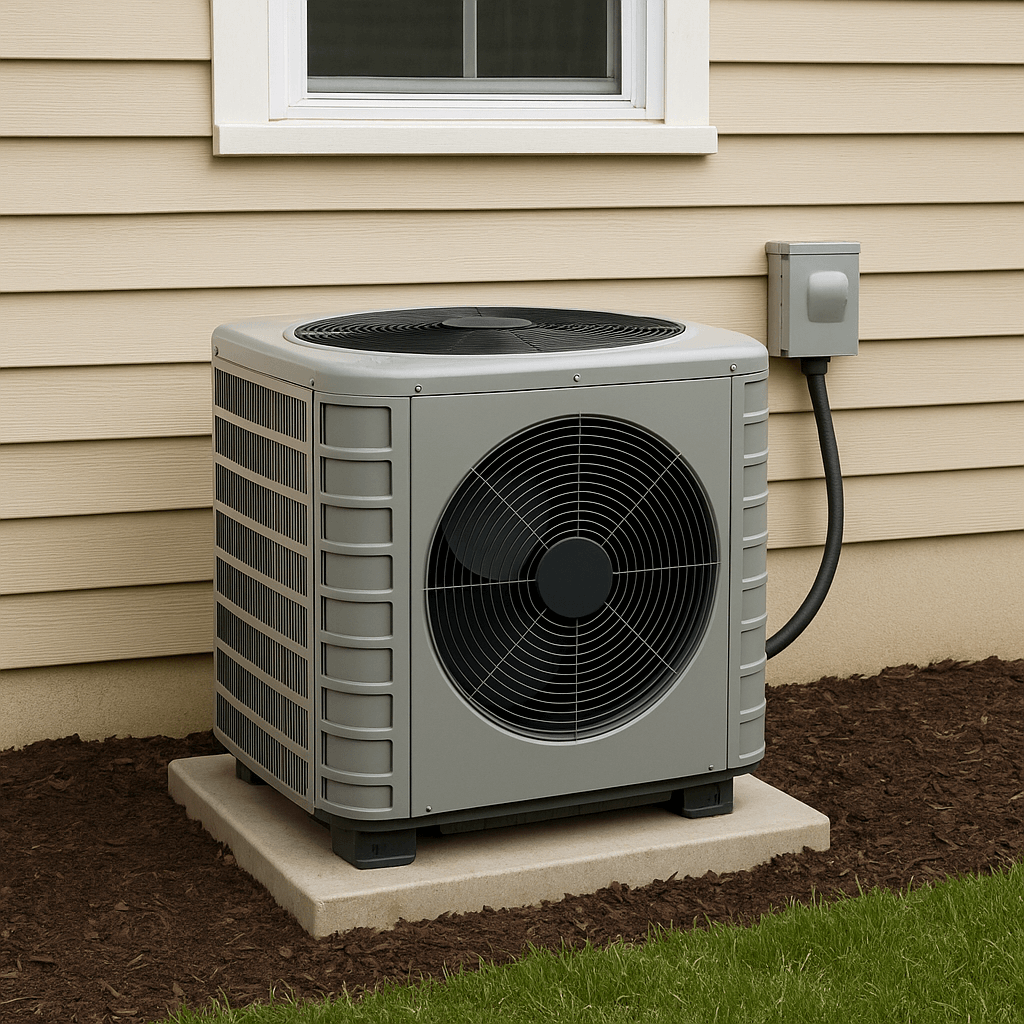
Common Air Conditioner Mistakes That Can Cause You Problems
May 29, 2025

How to Stay Cool During the Summer Heat
April 21, 2025
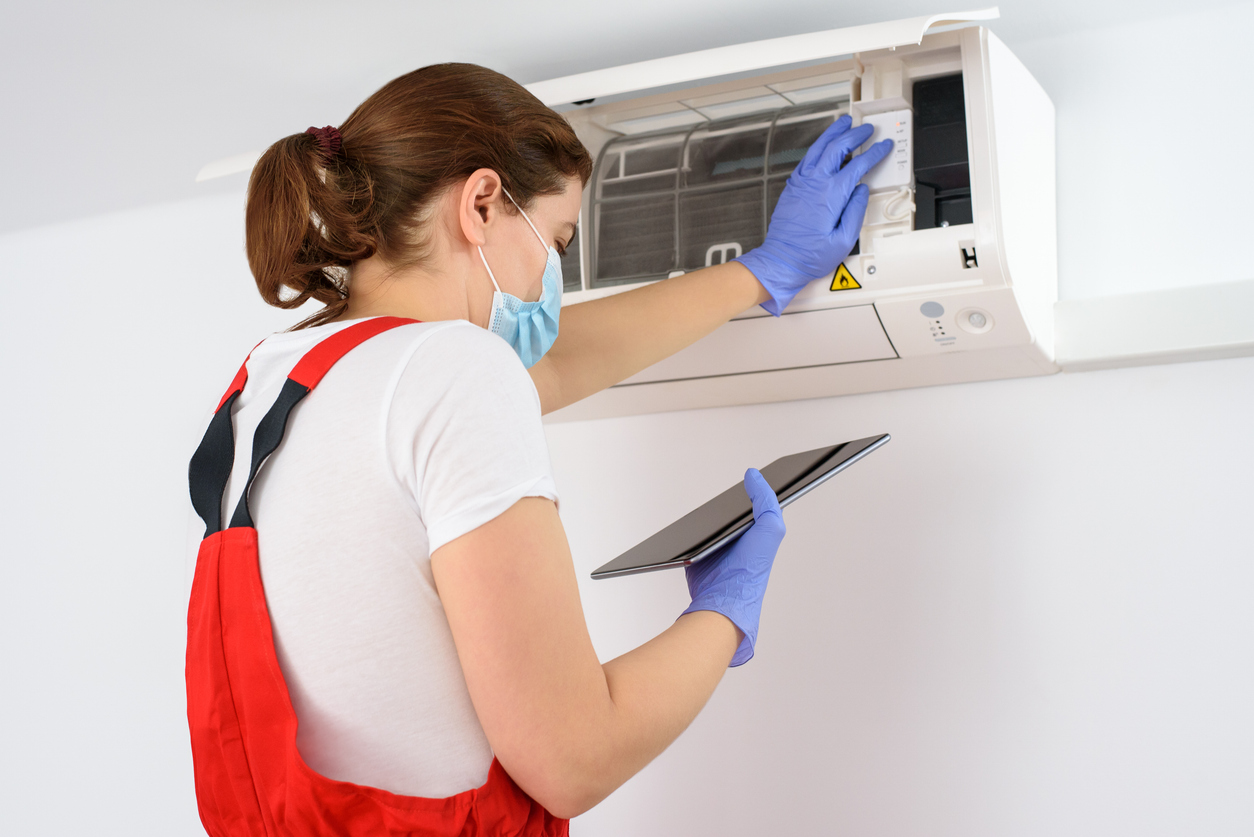
When to Upgrade Your AC Systems: Benefits & More
February 25, 2025

Why Remote Workers Should Upgrade Their HVAC
February 10, 2025
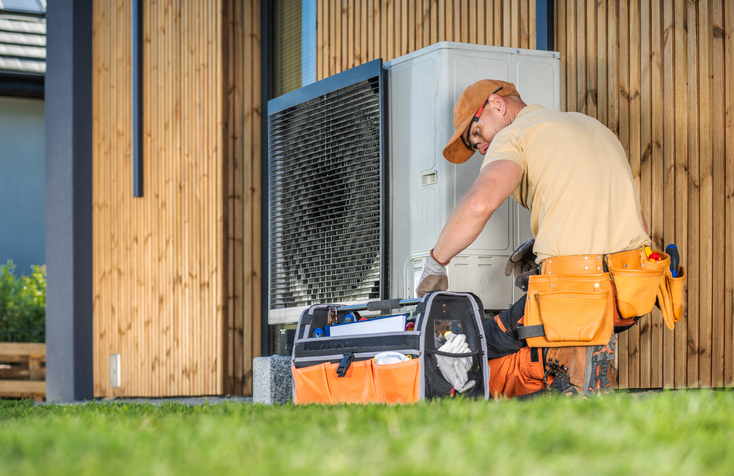
Common Home Heating, Furnace Repair & Replacement Myths
February 7, 2025
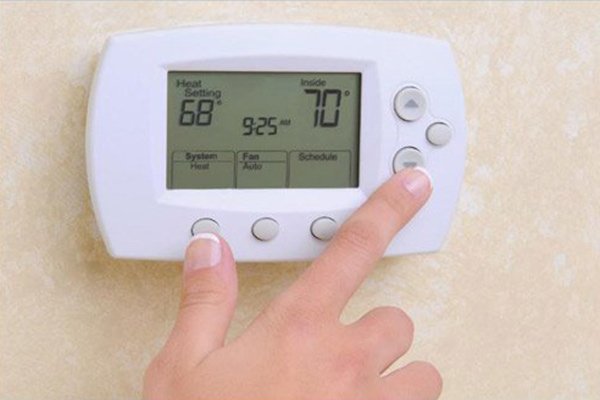
Keep Your Fireplace and HVAC Systems Running Strong All Winter
December 6, 2024
